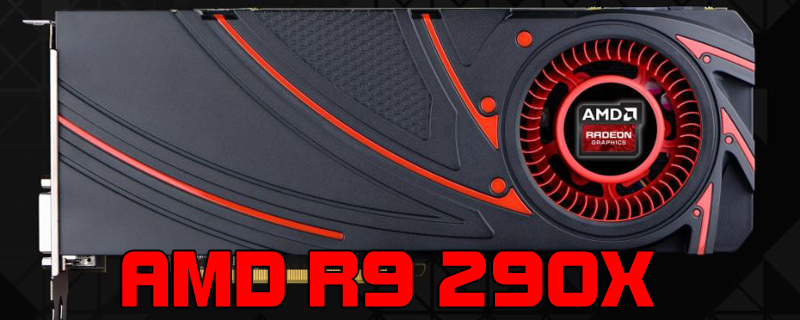AMD R9 290X Review
Introduction
So far the two latest Radeon models have been good, if unexciting. The HD7970 and HD7870 are both excellent cards and time hasn’t detracted from their viability as a gaming GPU. In part the reason we felt so average about them was the knowledge that they were the scouting party before the arrival of the main force, the R9 290X. Thankfully the time to dispense with the past has come, and the Radeon R9 290X is upon us. The latest iteration of the Graphics Card Next philosophy from AMD is here, and has been met by the release of the GTX780Ti, so the battle lines have definitely been drawn. Are nVidia right to be worried? Is the R9 290X a GTX780 killer and ready to take the crown as the fastest single GPU on earth?Â
The first thing that catches our attention is unquestionably the introduction of the Hawaii GPU Core. The Tahiti was outstanding, giving us some of the highest results we’d seen at the time of launch. As with anything there is only a finite amount of tweaking and tuning that you can do before you need to seek new architecture entirely, and with the GTX780 handily beating the HD7970, AMD really needed to hit back with a vengeance and the Hawaii core is just the tool for the job.
There isn’t only a new graphics card to talk about either, as the release of the R9 290X coincides with AMD’s Mantle API. We know that PC gaming is often held back because of the relative lack of performance from the consoles when compared to a gaming PC, and with the Playstation 4 and XBox One homing into view with their AMD APU’s there has never been a better time to provide developers with a harmonised set of low-level instructions to ensure that console gamers and PC gamers both get a product that pushes their systems as hard as possible.
As always we’ve a lot to get through, especially with an entirely new GPU, and we know you’re all itching to click through to the 3D Mark scores and the conclusion. So let us crack on.
Technical Specifications
With a 50% increase in transistors, nearly 800 extra shaders and double the fill rate of the Tahiti, it’s clear that AMD have introduced a big step up with the R9 290X from their current top model, the 280X/HD7970. On paper at least the performance potential is excellent, and we can’t wait to see how this bears fruit in our benchmarks.




